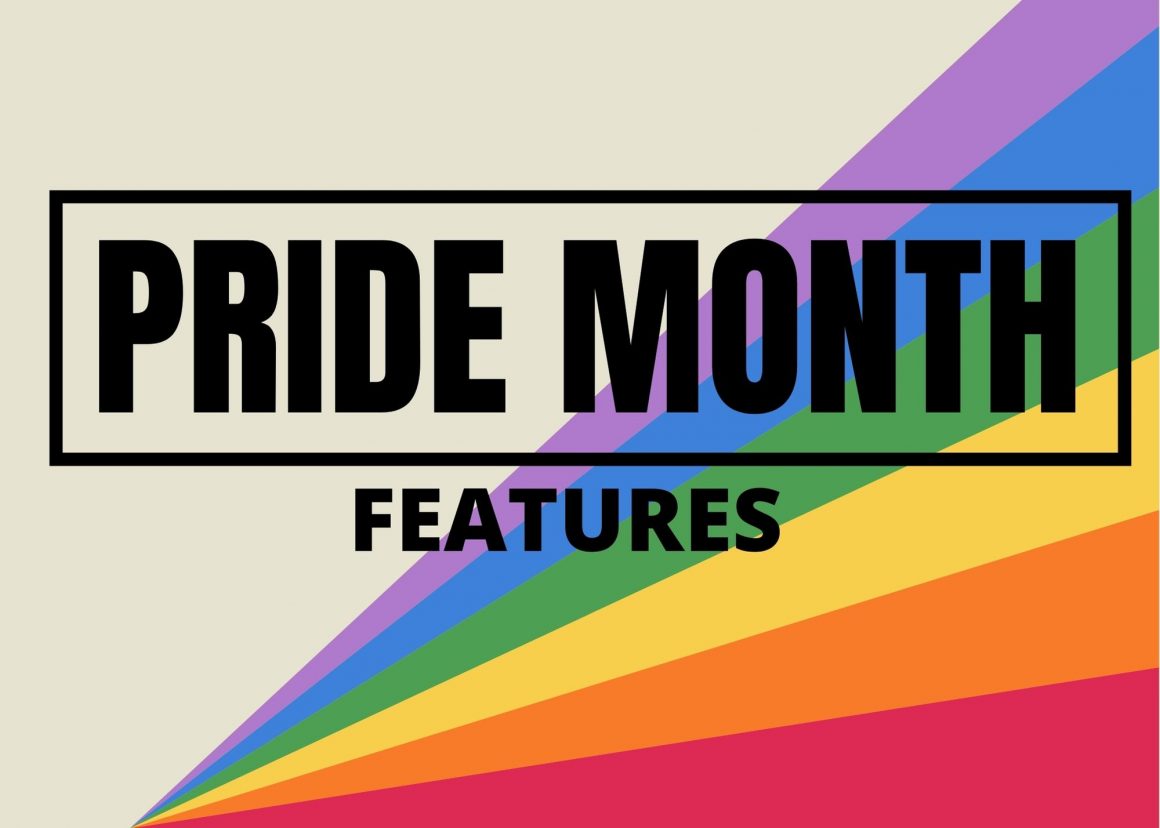
Pride Month: Celebrating the LGBTQIA+ Canadians that made all the difference in a landscape of exclusion
By Aymen Sherwani, June 14 2022—
June is Pride Month, yes, but contrary to the belief of almost every large corporation — this month is more about changing a company logo to include a rainbow flag. For many people, Pride is more about a parade and surface-level statements about inclusion, especially considering a great level of intersectional discrimination exists within the LGBTQIA+ itself. In that sense, for those that look past all the profiteering, Pride Month is a time of reflection about what it means to be inclusive. Marriage equality has been accepted in Canada since 2005 and conversion therapy was just recently banned in a motion passed by the Canadian House of Commons — despite this, Canadians’ understanding and acceptance of intersectionality within the queer community remains rudimentary. This Pride Month, the Gauntlet would like to celebrate three LGBTQIA+ Canadians who continue to push for change and redefine what it means to be queer in congruence with their other respective identities.
Musician, writer, filmmaker and professor — Vivek Shraya:
When I think about influential queer Canadians, the University of Calgary’s very own, Vivek Shraya — assistant professor within the creative writing program — is the first that comes to mind. As a trans-woman of colour from Alberta, Shraya’s work for the past decade has been through a medium of music, poetry, creative writing and film — an expression of her relationship with race, ethnicity, immigrant identity and how it all interplayed with growing up as a genderqueer child. In particular, her short film Seeking Single White Male, which recalls her experiences prior to coming out as a trans woman, highlights the racism experienced by Black, Indigenous and other people of colour (BIPOC) queer individuals in Alberta.
She describes the gay dating community within the province and how it coerced her to alter her physical features, in an effort to appear more Caucasian — bleaching her naturally black hair blonde and using blue contact lenses — a reflection of the white supremacy that still exists within the LGBTQIA+ community. Her work draws attention to the need for intersectionality and emphasizes the not-so-unique but ever-so-understated queer experience felt by racialized Canadians. In 2022, Shraya officially became a tenured professor at the U of C which means that for the indefinite future, she will be a pillar of creativity in our academic community and a role model for other BIPOC and queer students for years to come.
AsapSCIENCE’s Mitch Moffit and Greg Brown:
Growing up, AsapScience was all I watched before Netflix and Disney+ became more popular. If anything, it made what I was learning in school actually fun and engaging. The YouTube channel’s hosts, Mitch Moffit and Greg Brown, are an openly gay couple that met while studying biology at the University of Guelph in Ontario, Canada — only coming out after a barrage of homophobic comments under their videos to serve as visible representation for young queer people in science. Staying true to their vision, with the rise of TikTok, AsapScience has since largely transitioned to the newer platform — with an undoubtedly younger audience — and is performing just as successfully.
Due to ignorance or hatred, often times there are questions thrown around such as, “Why do queer people get more attention just because they happen to be queer and also in x field?” The reality of the matter is that queer people have a long and tumultuous history with science. Scientific homophobia has been instrumental in the systemic discrimination and marginalization of queer individuals in North America and the UK. For instance, it has been less than 50 years since the American Psychiatric Association (APA) issued a resolution stating that homosexuality was not a mental illness or sickness. Public opinion has been slow to follow, yes, but it is with creators like Moffit and Brown that are openly proud of their sexual identity in congruence with their relationship to science that makes positive change more foreseeable.
Mark Suknanan or “Priyanka” from Canada’s Drag Race:
I first knew television personality and drag queen, Priyanka, as Mark Suknanan — host of The Zone on the YTV channel — and had no idea that they were the same people until I became invested in Canada’s Drag Race. Needless to say, some things never change because I binge-watched both. Born in Whitby, Ontario, Suknanan comes from Indo-Guyanese descent and, as Priyanka, has drawn from elements of her heritage when performing. In an interview with Elle Magazine, she states that “I named myself Priyanka so people would know that there is an Indo-queer West Indian queen coming onstage — so they know they’re represented. That’s the reason I make you scream my name all the time: to make you remember a girl named Priyanka can be successful.”
Whether it be entering new territory and dressing up in a ground-breaking bridal lehenga-choli or a show-stopping Indian-inspired Marie-Antoinette-style ball gown, there is little evidence against why she won Canada’s Drag Race in 2020.
Because personalities like Suknanan, Moffit, Brown and Shraya are so vocal about the depth and nuance that emanates from the interpret between race, gender, sexuality and even occupation — they are powerful players that are altering Canada’s historical landscape of racial, gender-based and sexual exclusion.
This article is a part of our Voices section.
